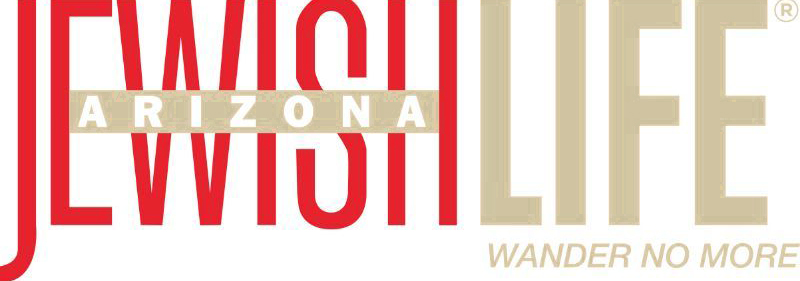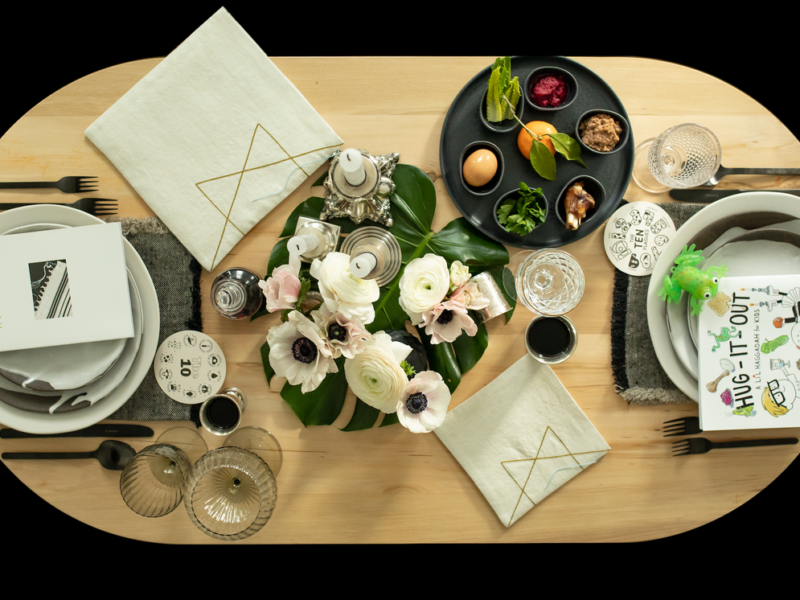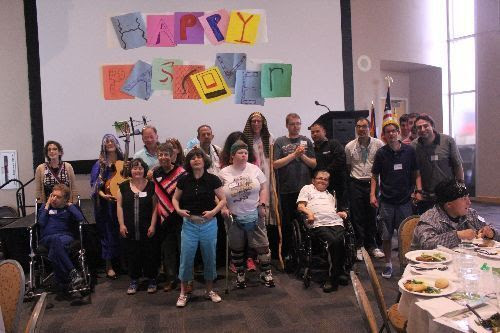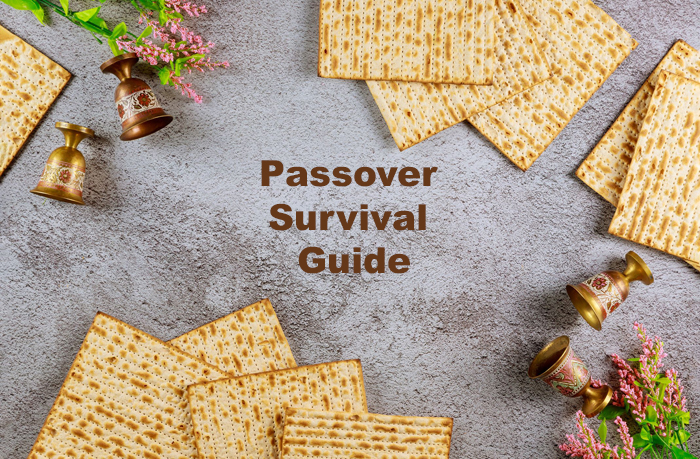Story and photos by Becky Schulman
Over the centuries, our people have experienced many types of exodus in addition to the one described in the Torah and celebrated on Passover. On each of our three days in St. Petersburg, Russia, in June 2015, my husband and I were reminded of these journeys that led Jews to better lives, lives of freedom.
On our first day in the metropolis, we toured Empress Catherine’s magnificent palace. At every step through the palace, entertainers performed: In a lavish blue and gold room, a flautist serenaded us; in an opulent green and gold room, a young woman played the harpsichord; and in the grand ballroom, “Catherine” herself welcomed us with a champagne toast followed by music from a string quartet and courtly dances by two ballet dancers.
Was all of this enough to erase vivid images of my tiny grandmother Ida and her four little children, including my then four-year-old mother, fleeing the mayhem of pogroms? My mother and her family hid by day and gradually made their way at night to escape the tsar’s ravages in their shtetl. Their exodus in 1910 led them to Boston, where they were able to realize dreams of liberty long ago imprinted in the psyche of Jews.
A many-mile-long canal ride throughout St. Petersburg highlighted the second day of our trip. Beautiful buildings abound in St. Petersburg, and as we passed them, Marty and I recalled our poignant clandestine visits in 1986 with Jewish refuseniks in the city, then known as Leningrad. Having applied for exit visas to escape the misery of their lives in Soviet Russia, refuseniks immediately lost their jobs and were under constant surveillance, sometimes sent to prisons far from home on trumped up accusations. The resplendent buildings we passed on our canal ride contrasted with the miles and miles of drab gray, concrete apartment buildings where we had visited refuseniks. Eventually, some of those we met made the exodus from the Soviet Union to America, Israel and other parts of the world where they could start new lives of freedom.
On day three of our St. Petersburg trip, we visited the ornate Moorish Grand Choral Synagogue. A cantor filled the sanctuary, and our hearts, with a concert of Hebrew and Yiddish music. The synagogue gift shop is called “Kosher,” and I loved the way they spelled it with a Hebrew “shin” in the middle of the Cyrillic letters. It carries kosher foods and gift items. I bought a lovely porcelain dreidel painted by an Israeli-trained Russian artist with Chagall scenes from the Pale of Settlement he knew as a boy. In 1910, the same year my grandma, mother and her siblings emigrated to the United States, Chagall moved from Russia to France where he could freely intermingle his Jewish imagery into his colorful art. In 1941 he escaped to the United States from Nazi-occupied France. His paintings, “The Fiddler” and “I and the Village” recall his childhood and later inspired the musical, “Fiddler on the Roof,” which brings me full circle to my grandmother’s heroic exodus from tsarist Russian pogroms.
As we prepare to celebrate Passover, let us recall stories from decades, centuries and thousands of years ago in which our people left their homeland to pursue freedom. Let us also remember the streams of other people looking for safety and freedom in their lives today as they make an exodus from their ancestral homes in the face of starvation, death and persecution.
Becky Schulman is a board member of the Secular Humanist Jewish Circle in Tucson.






